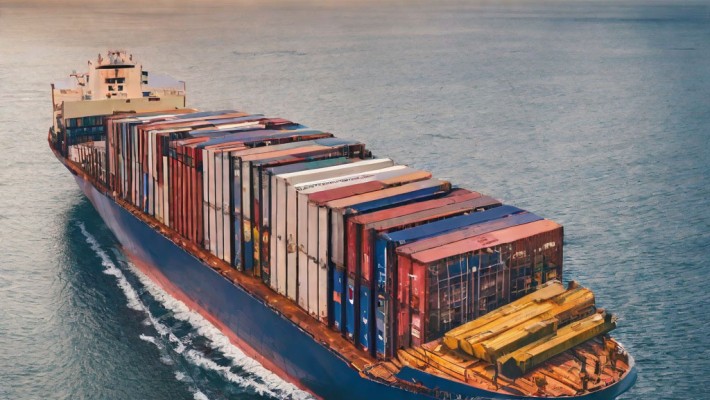Freight Forwarder Insights
Huin International Logistics Latest Articles
A Comprehensive Guide to Understanding and Negotiating Ocean Freight Rates for Businesses
In the world of international trade, ocean freight rates play a pivotal role in determining the success and profitability of businesses. From small-scale startups to multinational corporations, understanding how these rates work and effectively negotiating favorable terms can significantly impact a company's bottom line. This guide aims to provide a comprehensive understanding of ocean freight rates and equip businesses with essential tools to navigate this complex terrain.
1. The Basics of Ocean Freight Rates:
Ocean freight rates are charges imposed by shipping companies to transport goods across oceans. They are influenced by various factors, including market demand, fuel costs, vessel availability, port congestion, and geopolitical situations. These rates are typically classified into two main categories: spot rates and contract rates.
2. Spot Rates:
Spot rates, also known as market rates, fluctuate based on the current supply and demand conditions. These rates are applicable to businesses requiring immediate shipping services without any contractual obligations. Shipments booked on spot rates are subject to market volatility, and prices can rise or fall depending on global market dynamics. Being aware of the spot rates can help businesses plan their shipping schedules and seize opportunities for cost savings.
3. Contract Rates:
Contract rates are negotiated between shippers and carriers for a specific duration, usually ranging from one to three years. These negotiated rates provide stability to businesses, as they are unaffected by short-term market fluctuations. Contract rates can be either fixed, where the rate remains constant throughout the contract period, or variable, with predetermined pricing adjustments based on factors like fuel costs or inflation. Negotiating favorable contract rates requires careful analysis of shipping volume, market outlook, and long-term shipping needs.
4. Factors Influencing Ocean Freight Rates:
a. Shipping Volume: The volume of goods shipped significantly affects the negotiation power of businesses. High shipping volumes often enable companies to secure competitive rates due to economies of scale.
b. Container Type: The type and size of containers required for shipping play a role in determining the overall freight charges. Businesses must understand the container options and select the most cost-effective solution based on their product's characteristics.
c. Trade Lanes: Different trade routes have varying freight rates depending on factors such as distance, average cargo volumes, and market demand. Analyzing these trade lanes and identifying cost-efficient transit options is crucial for optimizing freight expenses.
d. Service Level: The level of service provided by carriers also affects the freight rates. Faster transit times, better cargo handling, and value-added services come at a premium cost. Businesses must strike a balance between cost and service quality based on their specific needs.
5. Negotiating Strategies:
a. Conduct Thorough Research: Before entering negotiations, businesses should arm themselves with knowledge about market trends, carrier strategies, and competitor insights. Engaging with industry experts or logistics companies can provide valuable insights and help in formulating effective negotiating strategies.
b. Consolidate Shipments: By consolidating multiple shipments into a single larger shipment, companies can negotiate better rates with carriers. This approach leverages economies of scale and allows for improved bargaining power.
c. Long-term Contracts: Entering into long-term contracts can provide stability, reliable capacity, and the potential for better rates. Shippers can secure beneficial terms by committing to a specific volume or partnering with carriers to enhance operational efficiency.
d. Build Strong Relationships: Maintaining collaborative relationships with carriers can foster loyalty, promote preferential treatment, and increase negotiating leverage. Regular communication, mutual trust, and professionalism are essential in building successful partnerships.
Conclusion:
Understanding and negotiating ocean freight rates is a critical aspect of international trade for businesses. By grasping the nuances of spot rates and contract rates and considering factors that influence freight charges, companies can maximize cost savings and streamline their supply chain operations. Implementing effective negotiation strategies, such as conducting thorough research, consolidating shipments, opting for long-term contracts, and building strong relationships with carriers, can strengthen a business's position when engaging in rate negotiations. With a comprehensive understanding of ocean freight rates, businesses can navigate the complex world of international shipping with confidence and drive sustainable growth.
